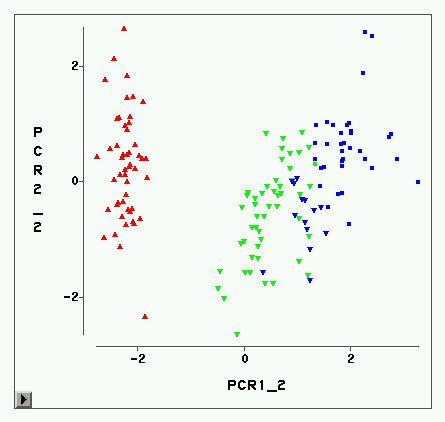Sixty participants provided dissimilarity ratings between various singing techniques. Multidimensional scaling, class averaging and clustering techniques were used to analyse timbral spaces and how they change between different singers, genders and registers. Clustering analysis showed that ground-truth similarity and silhouette scores that were not significantly different between gender or register conditions, while similarity scores were positively correlated with participants' instrumental abilities and task comprehension. Participant feedback showed how a revised study design might mitigate noise in our data, leading to more detailed statistical results. Timbre maps and class distance analysis showed us which singing techniques remained similar to one another across gender and register conditions. This research provides insight into how the timbre space of singing changes under different conditions, highlights the subjectivity of perception between participants, and provides generalised timbre maps for regularisation in machine learning.
翻译:61名学员提供了不同歌唱技巧的不同等级,利用了多层缩放、班级平均和集群技术来分析小音空间以及不同歌手、性别和登记簿之间如何变化,分组分析表明,在性别或登记条件之间,地面真实的相似性和银色分数没有显著差异,而相似性分数与参与者的辅助能力和任务理解呈正比关系,与会者的反馈表明,经修订的研究设计可以如何减轻我们数据中的噪音,导致更详细的统计结果。Timbre地图和班级距离分析显示,在性别和登记条件之间,哪些歌唱技巧是相似的。这一研究揭示了在不同条件下歌唱变化的宽度空间是如何在不同的,突出了参与者之间认知的主观性,并为机器学习的正规化提供了通用的胸围图。



